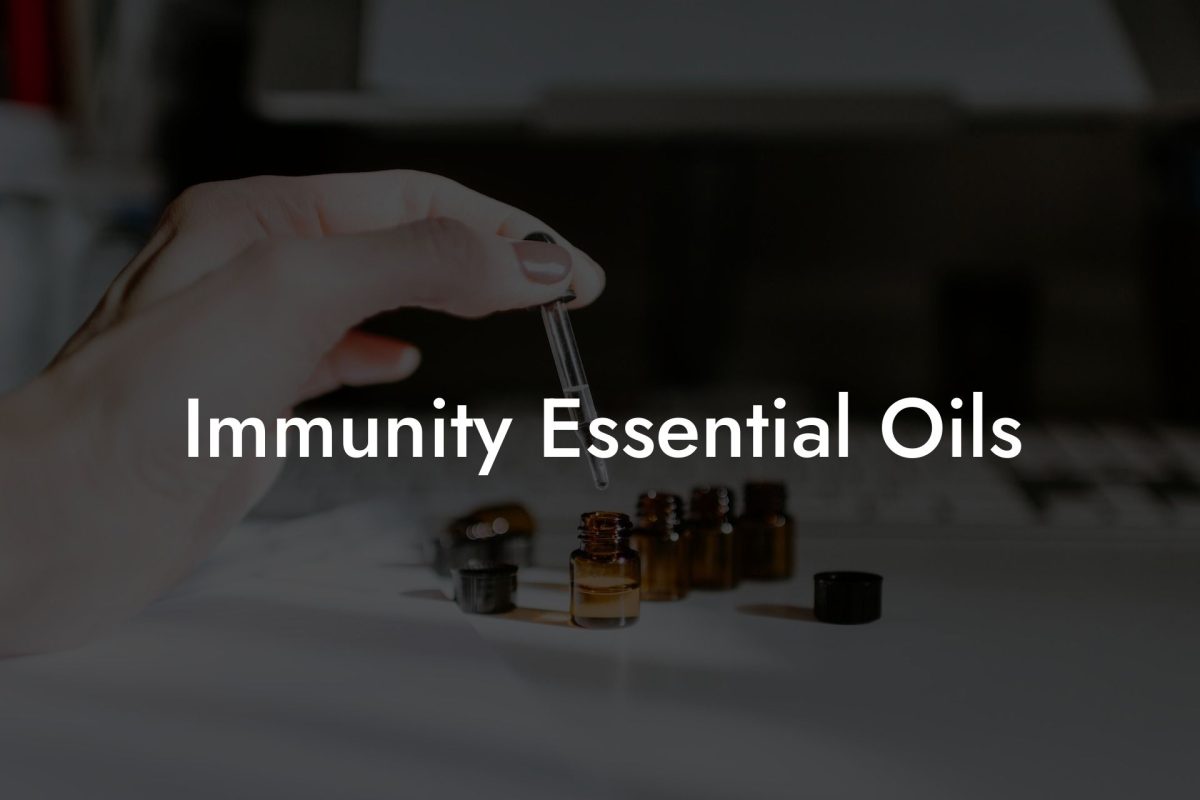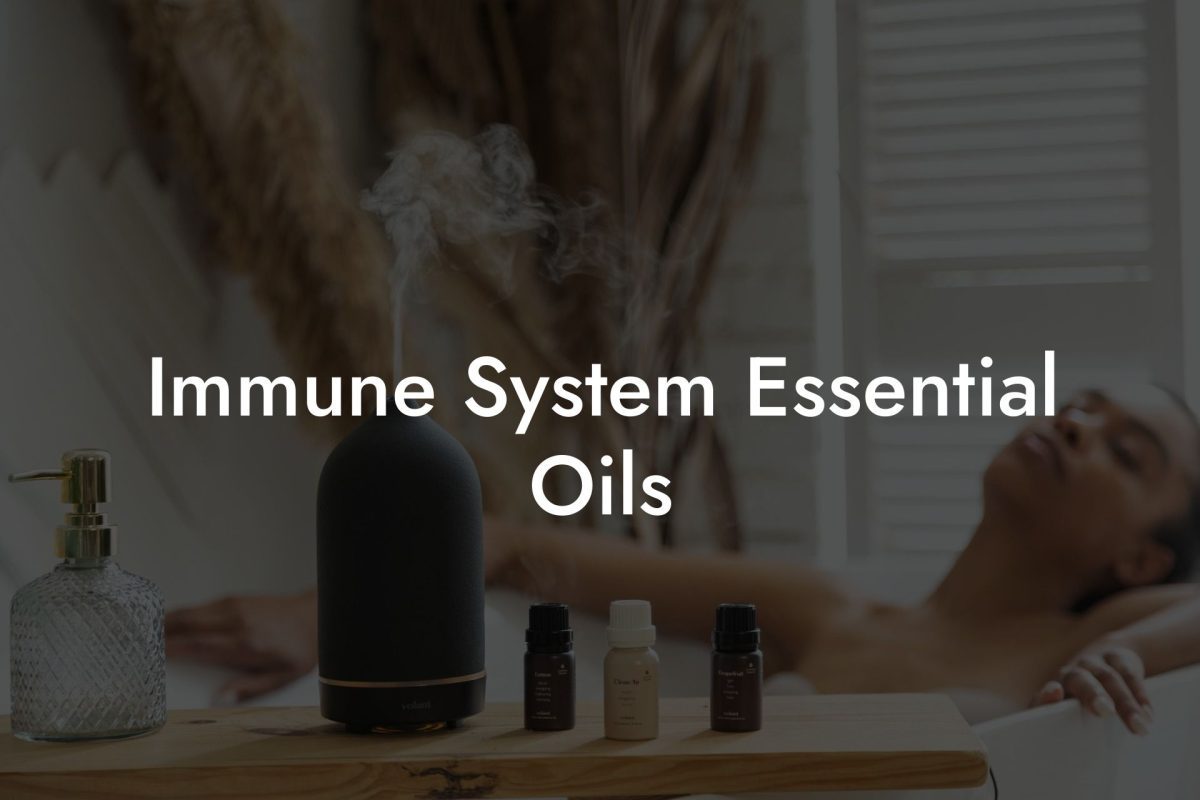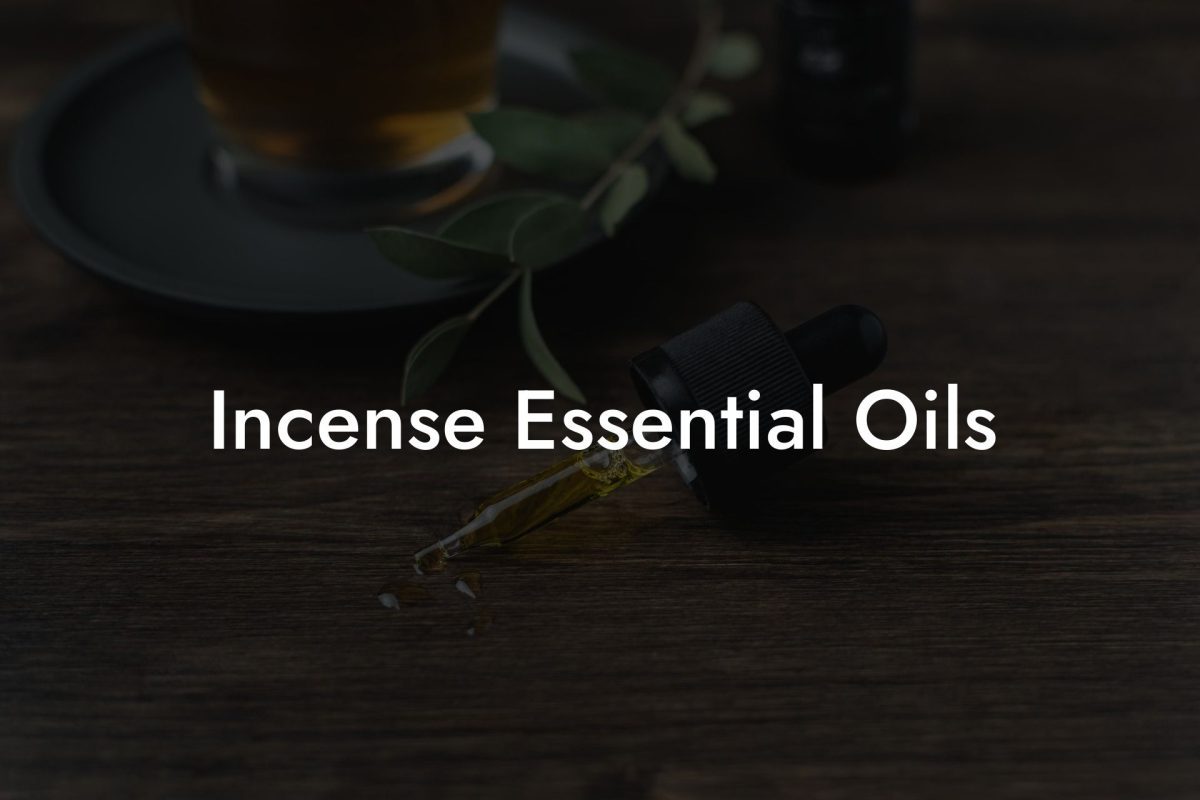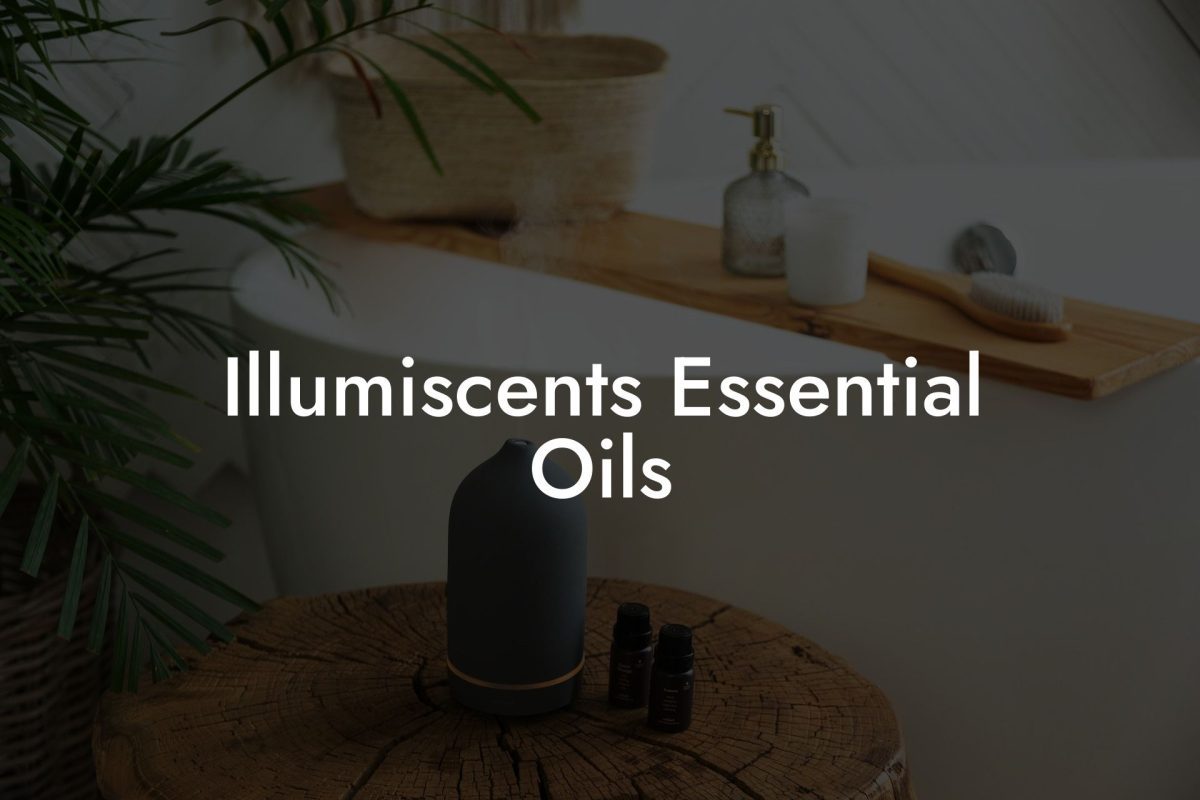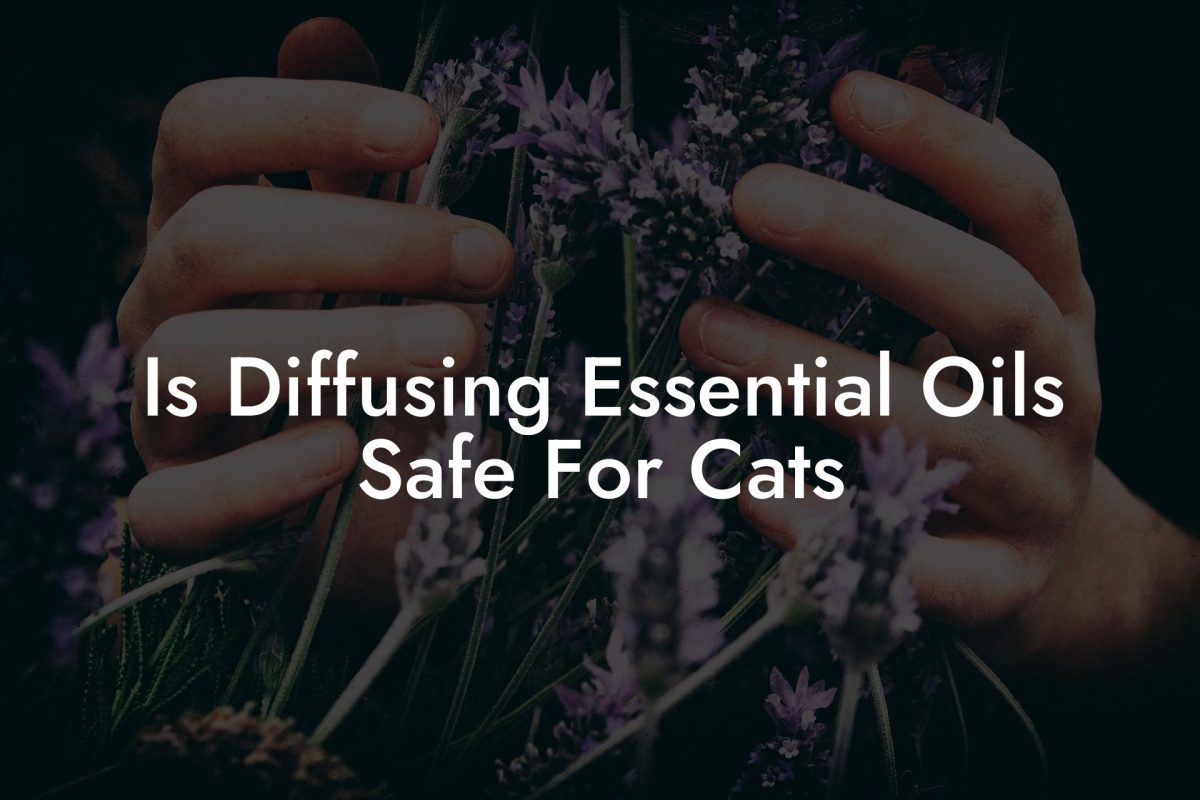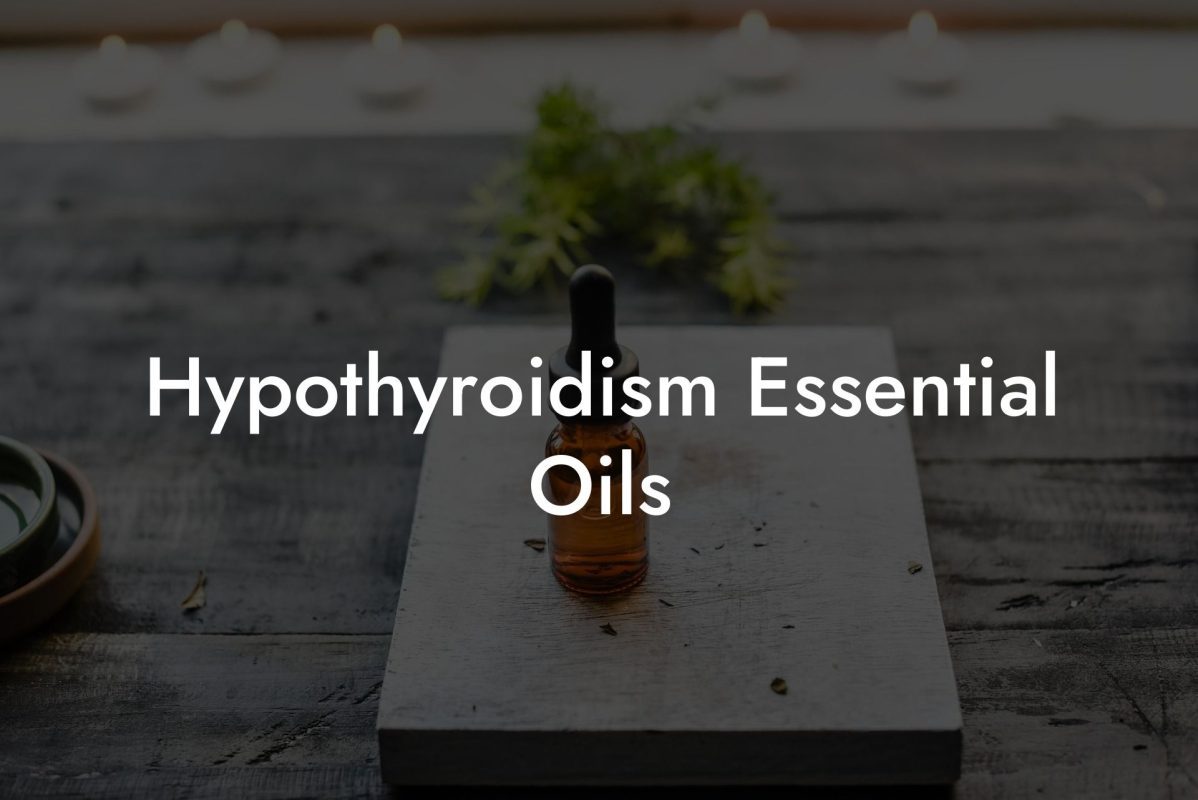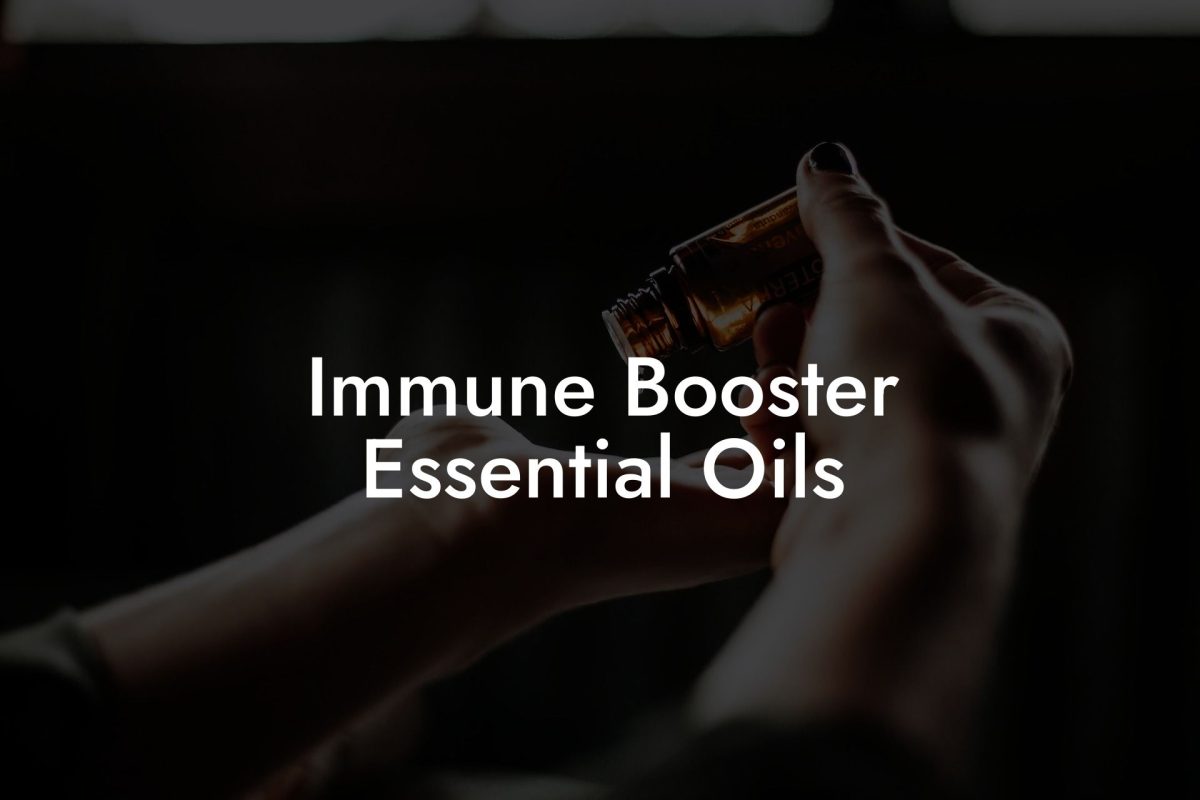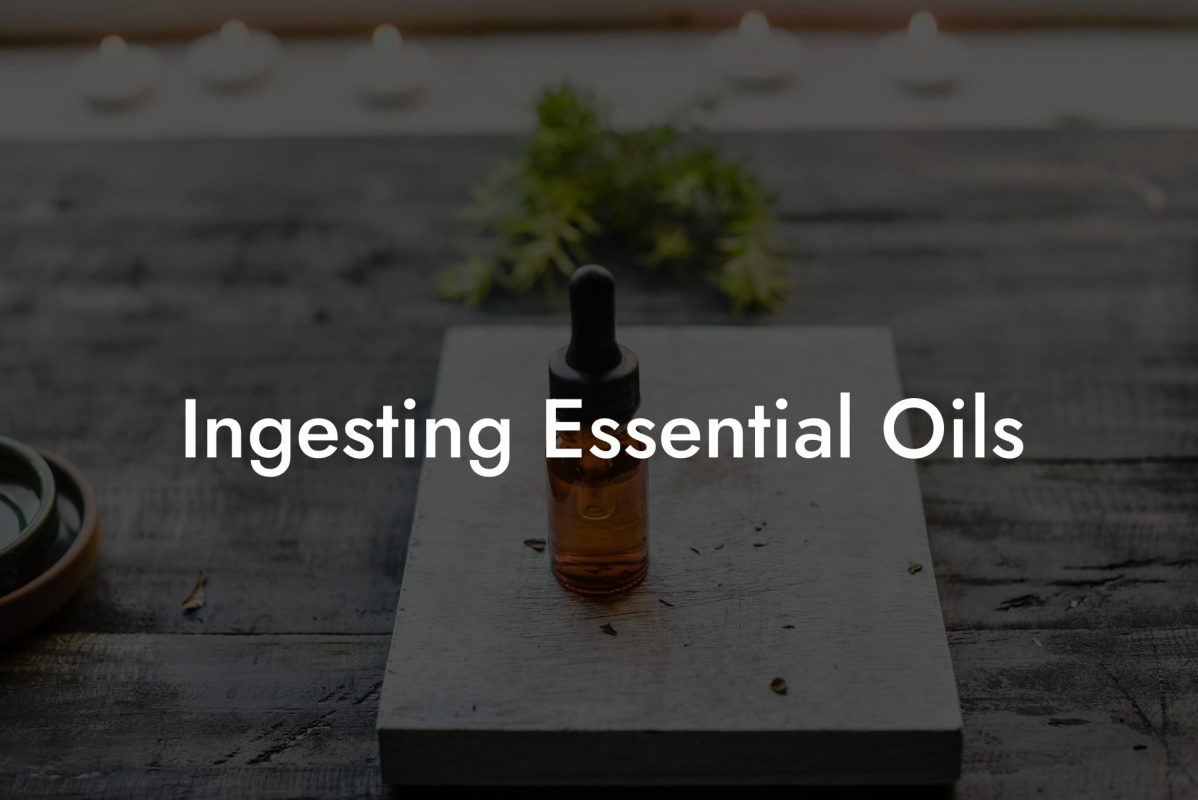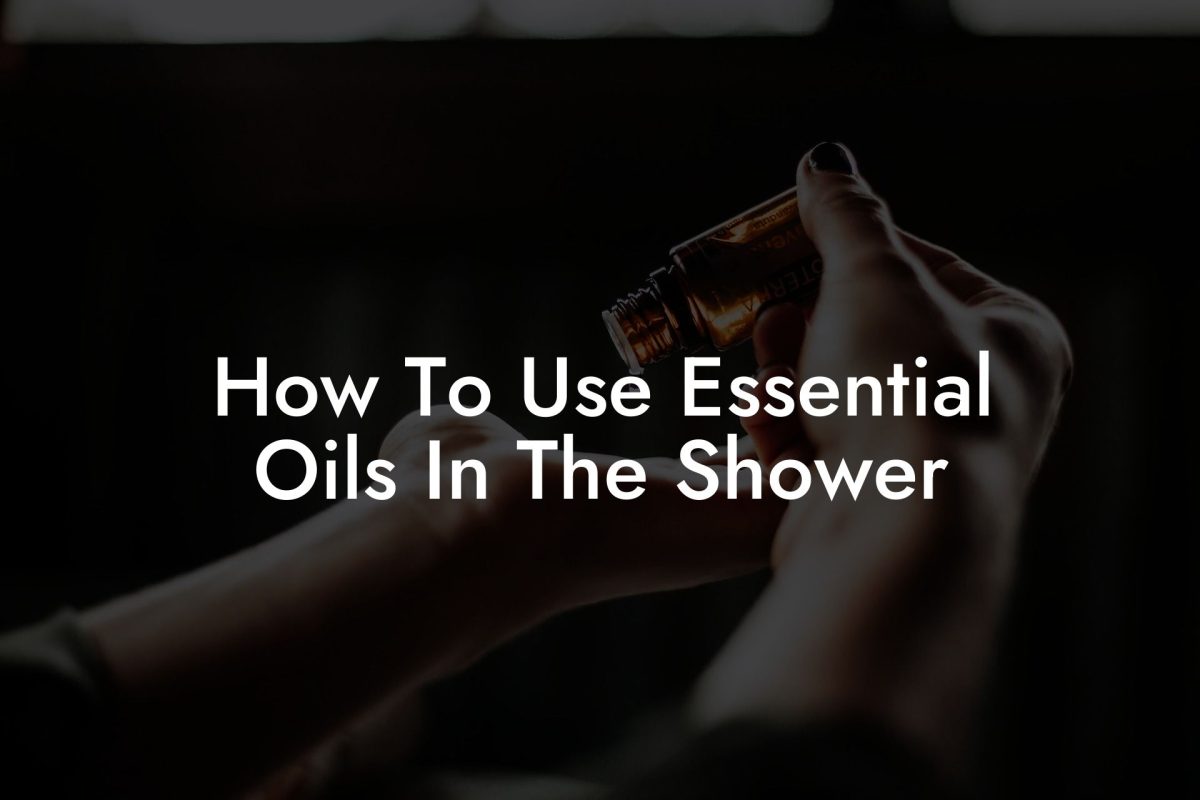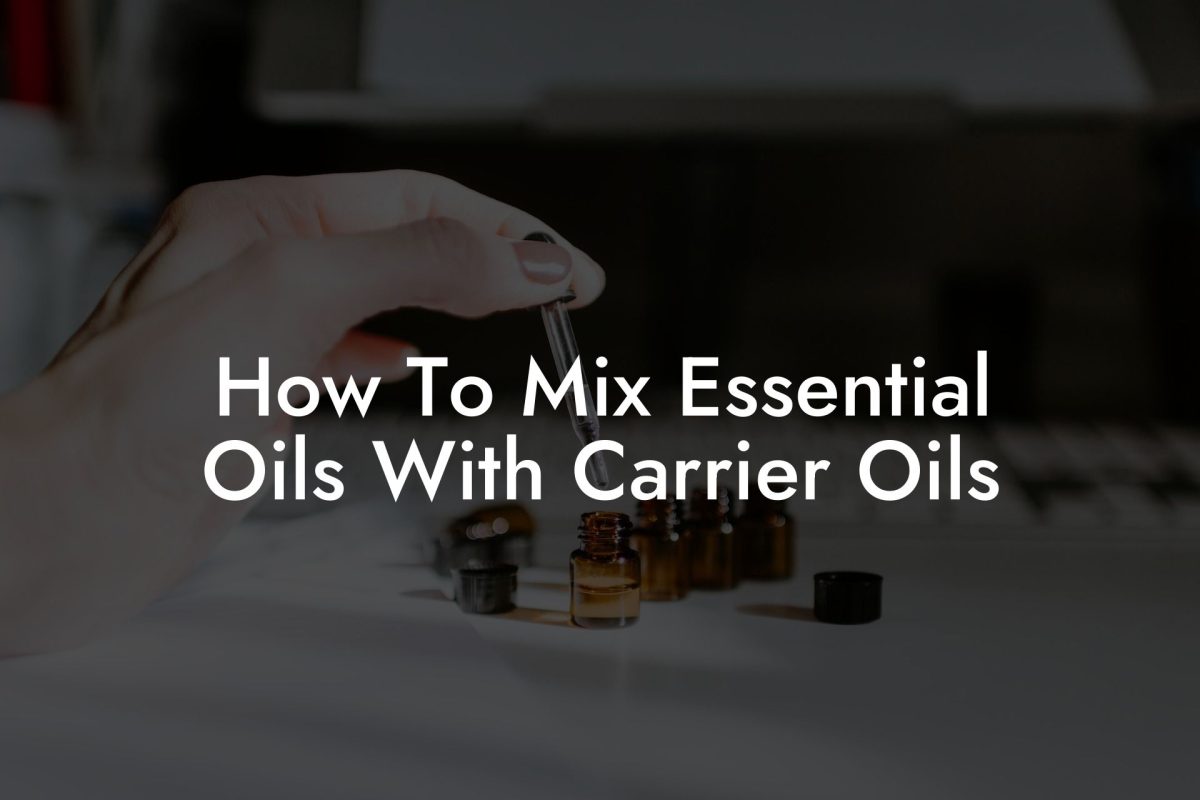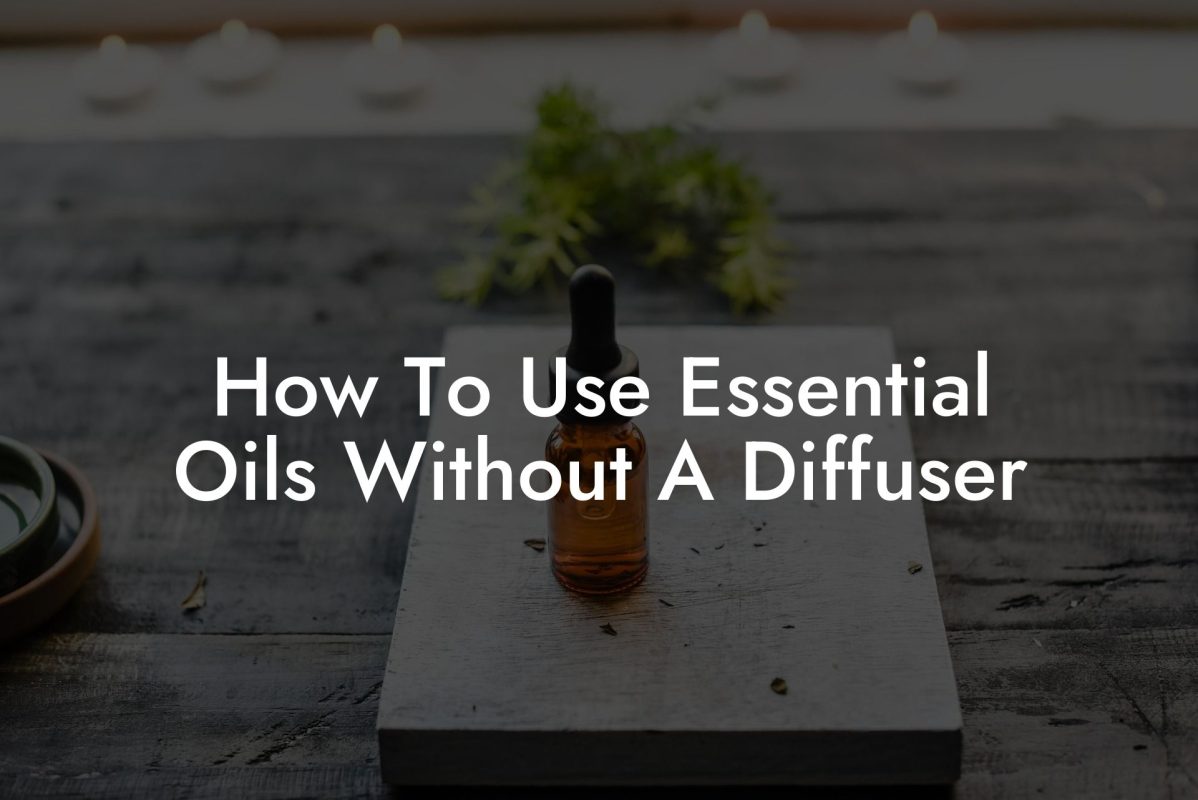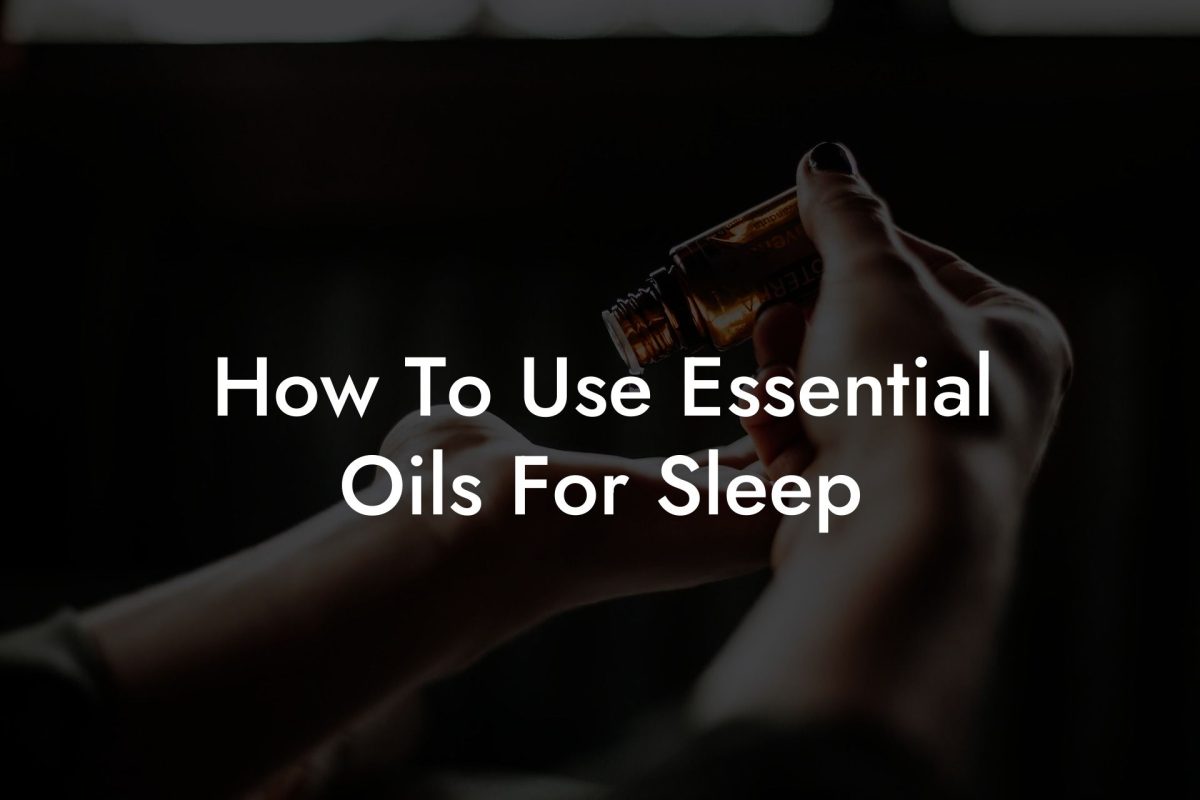Discover the fascinating world of essential oils and learn how you can create them from the comfort of your own home! With some patience and the right tools, you can transform your favorite plants into beautifully fragrant and therapeutic oils. Delve into this detailed guide to learn the process of making homemade essential oils from plants.
Table of Contents
Choosing the Right Plants
When making essential oils, it’s important to start with high-quality, organic plants. Sourcing from your garden or local farmers ensures you’re using the freshest and purest ingredients possible. Here are some popular options:
- Lavender: Known for its calming properties, it’s perfect for relaxation and stress relief.
- Peppermint: Energizing and revitalizing, it improves focus and concentration.
- Citrus fruits: Lemons, oranges, and grapefruits have fresh and uplifting fragrances.
- Rosemary: Great for mental clarity and alertness, rosemary relieves stress and eases aching muscles.
- Eucalyptus: With a refreshing scent, decongestant and immunity-boosting properties, it’s an excellent choice for cold and flu season.
Methods for Making Essential Oils
There are several methods to extract essential oils from plants. For DIY enthusiasts, the most common techniques are:
Steam Distillation
This is the most widely used method for essential oil extraction, as it yields the purest and highest-quality oils.
- Gather your plant material, ensuring it is clean and dry.
- Lightly crush or chop it to release the natural oils.
- Fill the distillation apparatus with water and the plant material.
- Slowly heat the water, allowing the steam to pass through the plant material and capture the aromatic compounds.
- Collect the condensate in a separate container. The essential oil will float on top of the water, which can then be easily separated.
Cold Pressing
Best for extracting oils from citrus fruits, the cold-pressing method involves mechanically pressing the fruit to release the aromatic compounds.
- Peel the rinds of your chosen citrus fruit, ensuring there is no white pith attached.
- Place the peels in a porous bag and gently squeeze to release the essential oils.
- Collect the oil that drips out of the bag in a clean container.
Storage and Shelf Life
Essential oils should be stored in dark glass bottles to prevent exposure to sunlight, which can degrade their quality. Keep them in a cool, dry place away from direct sunlight and heat sources. Most essential oils have a shelf life of 1-2 years, although citrus oils may last up to 6 months.
How To Make Essential Oils From Plants Example:
Take lavender essential oil, for instance. Here’s how you can create it using the steam distillation method:
- Harvest fresh lavender flowers early in the day, after the morning dew has dried.
- Follow the steps outlined under “Steam Distillation” in the detailed content section above.
- Once the essential oil is separated from the water, store it in a dark glass bottle with a dropper cap for easy use.
Your homemade lavender essential oil is now ready to be used for aromatherapy, added to DIY beauty and skincare products, or simply enjoyed as a natural fragrance!
Ready to embark on your journey into the world of essential oils? With this comprehensive guide, you can create a collection of homemade essential oils to improve your wellbeing and add a touch of natural luxury to your everyday life. Feel free to share this article with friends or leave a comment if you have any questions. Don’t forget to explore other guides on Oshu Oils and discover our range of artisan essential earth oils to enhance your aromacology experience!


